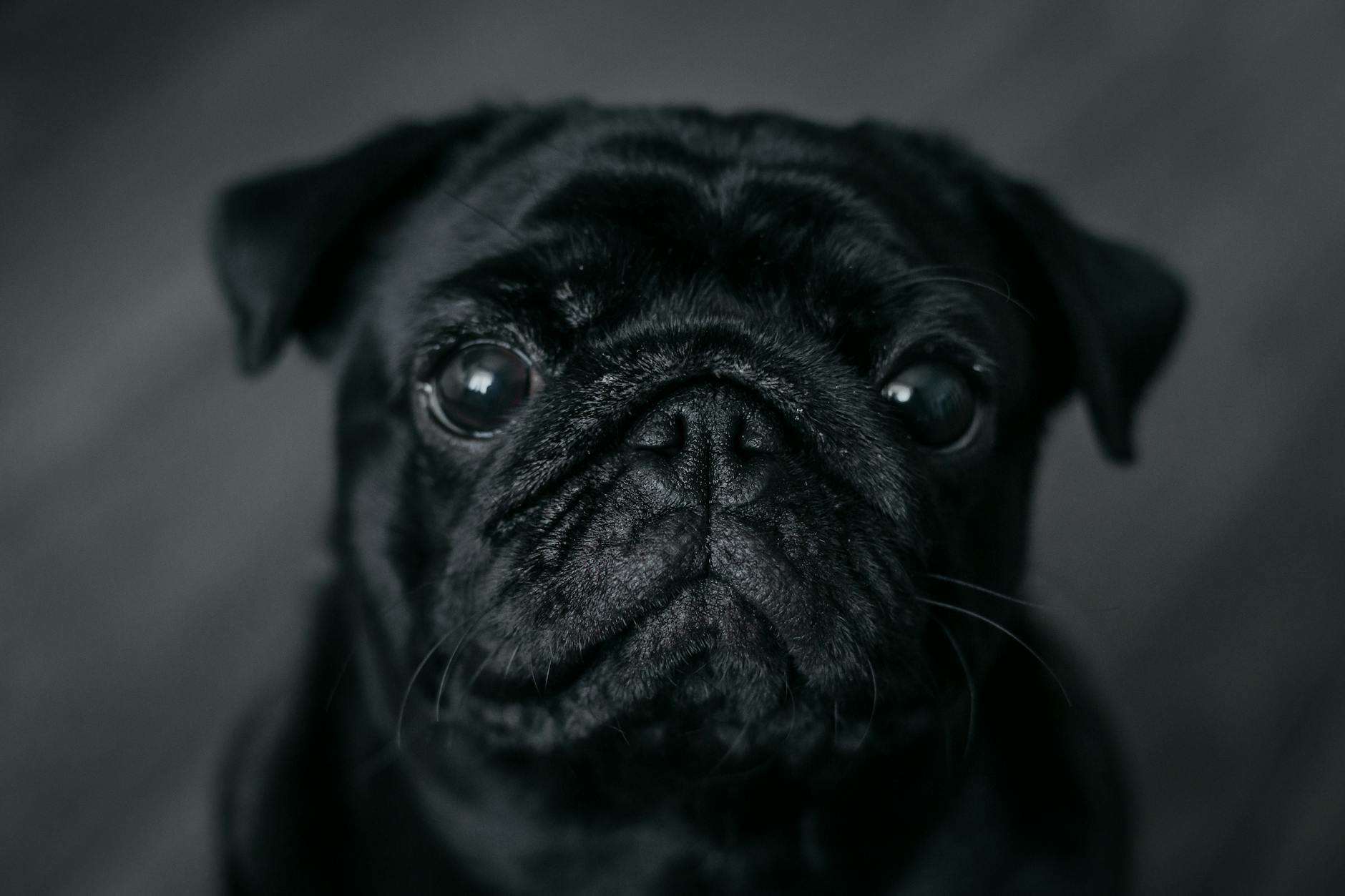Pawsome Tips: Level Up Your Dog for Training!

Training your furry best friend can sometimes feel like you're trying to solve a puzzle without the picture on the box. But fear not! With the right methods and a sprinkle of patience, you can transform your chaotic canine into a polished pooch. In this guide, we'll unlock the secret to a well-behaved pup and show you how to make dog training not just effective, but downright enjoyable. So, let's start your journey to becoming a top-tier dog trainer today!
Understand Your Dog’s Language
Learning your dog's body language is like cracking a code. Understand what those wagging tails, perky ears, and soulful eyes are trying to tell you. By tuning into your dog's nonverbal cues, you'll be better equipped to respond to their needs and emotions, which is the cornerstone of effective communication and training.
Establish Your Role as The Alpha
Dogs are pack animals, and they naturally look for a leader. Be that confident alpha they crave. It's not about being domineering but about providing consistent, clear guidance. Once you establish this role, training becomes much simpler, as your dog will look to you for direction and approval.
Consistency is Key
Remember, consistency is the golden rule of dog training. If "sit" means "sit" today, it can't mean "jump" tomorrow. Stick to your commands and the associated actions. Consistency in your behavior and expectations sets a clear expectation for your furry friend, which in turn makes training more intuitive for them.
Positive Reinforcement: Treats, Praise, and Love
Every time your dog nails a command or behaves well, make sure they know it! Treats, praise, and lots of love are your best friends. Positive reinforcement not only encourages good behavior but also strengthens the bond between you and your pup.
Make Training a Game
Let's face it, training that feels like a chore sucks the fun out of the process for both you and your dog. Instead, make it a game! Use toys, obstacle courses, and exciting activities that mentally stimulate and physically exhaust your dog. A tired dog is a good dog, and a dog having fun is a dog that's learning.
Patience, Grasshopper
Not every dog is going to be the valedictorian of their training class, and that's okay! Be patient with the process and with your furry trainee. Reward minor progressions, and understand that setbacks are just part of the learning curve.
Tailored Training Techniques
Just like humans, dogs have different personalities and learning styles. Some dogs may respond better to visual cues, while others are more motivated by vocal tones or treats. Tailor your training approach to match your dog's unique style and watch them flourish.
Socialization for Success
Train your dog to be a social butterfly. Exposing them to different environments, people, and other dogs will help them become well-rounded and less anxious. Socialization is a critical aspect of training, making your dog more adaptable and better behaved at home and in public.
Safety First
Always prioritize safety in training. Use a harness or leash when necessary, especially in open or potentially dangerous environments. And never use punitive methods that can cause fear or aggression. Training should be a safe, stress-free experience.
Regular Health Checks
Last but not least, regular vet visits are essential. A healthy dog is a happy, more trainable dog. Health issues can affect behavior, so keeping on top of your pup's physical well-being is key to their training success.
By embracing these pawsome tips, you'll be well on your way to having a disciplined and joyful canine companion. Remember, dog training is a journey that requires time, love, and a few tasty treats. Start implementing these strategies today, and bask in the glory of your future well-behaved pup!